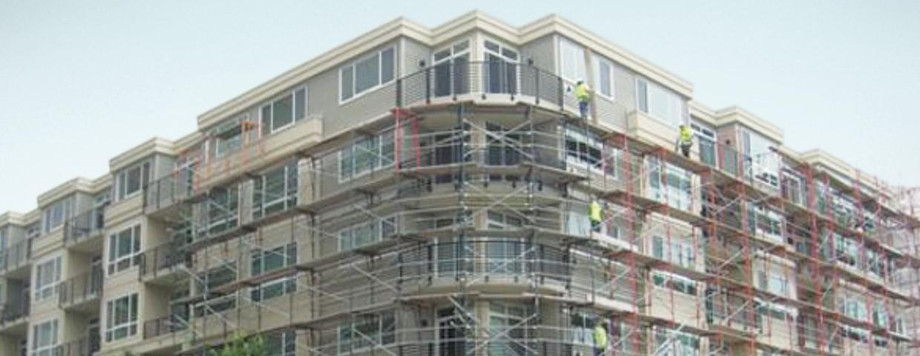What is the checklist for inspecting a building?
Checklist for Inspecting a Building
Inspecting a building is an important process that helps identify any issues or potential problems with the structure. While the specific checklist may vary depending on the type of building and its purpose, here are some common items that are typically included in a building inspection checklist:
- Exterior Inspection: This involves assessing the condition of the building's exterior, including the walls, roof, windows, doors, and foundation. It includes checking for signs of damage, deterioration, leaks, cracks, or any other structural issues.
- Interior Inspection: This includes examining the interior spaces of the building, such as rooms, hallways, staircases, and common areas. It involves checking for issues like water damage, mold, pest infestation, electrical problems, plumbing leaks, and ventilation.
- Mechanical Systems: Inspecting the building's mechanical systems is crucial. This includes evaluating the functionality and condition of the HVAC (heating, ventilation, and air conditioning) system, electrical wiring, plumbing, fire safety systems, and any other mechanical equipment present in the building.
- Safety and Compliance: Ensuring the building meets safety and compliance standards is an essential part of the inspection. This involves checking for fire safety measures, emergency exits, proper lighting, handrails, and compliance with building codes and regulations.
- Structural Integrity: Assessing the structural integrity of the building is vital to identify any potential risks or weaknesses. This includes examining the foundation, load-bearing walls, beams, columns, and other structural elements for signs of damage, cracks, or instability.
- Utilities and Services: Inspecting the building's utilities and services is important to ensure they are functioning properly. This includes checking the water supply, drainage systems, electrical connections, gas lines, and any other utilities specific to the building.
- Accessibility: Evaluating the accessibility of the building is crucial to ensure it meets the needs of all occupants. This involves checking for wheelchair accessibility, ramps, elevators, and other features that facilitate easy access for individuals with disabilities .
- Documentation and Record-Keeping: Maintaining accurate documentation and records of the inspection is essential. This includes taking detailed notes, photographs, and videos of any issues or findings during the inspection process.
It's important to note that the specific checklist for inspecting a building may vary depending on factors such as the building's purpose, location, and local regulations. Additionally, it is recommended to consult with professionals, such as building inspectors or engineers, who have expertise in conducting thorough building inspections.

